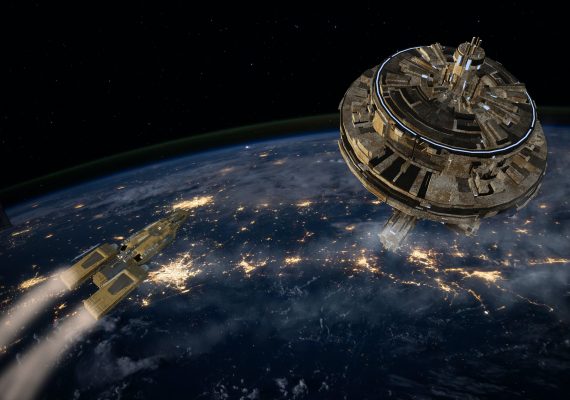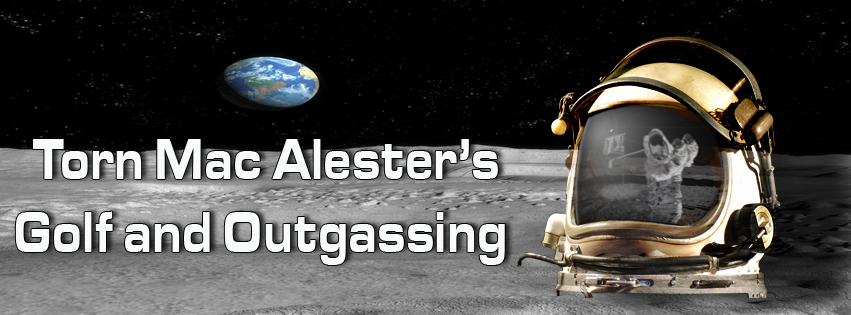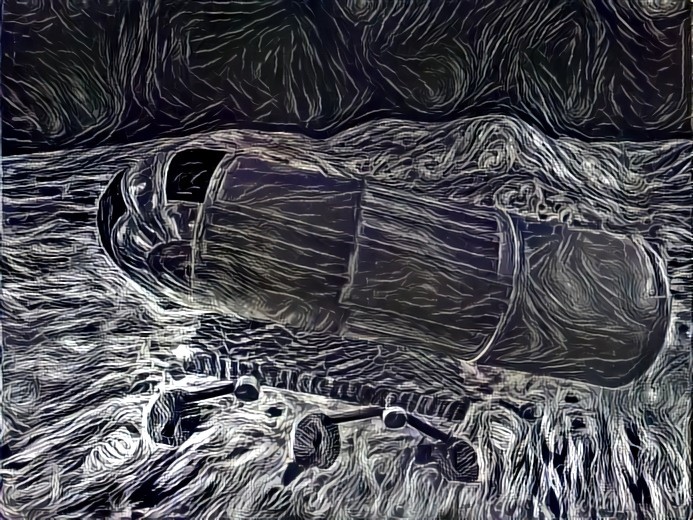
I’ve been developing a timeline of events as part of worldbuilding. I plan to add information to this timeline as I publish more stories.


I’ve been developing a timeline of events as part of worldbuilding. I plan to add information to this timeline as I publish more stories.

An excerpt from “Golf and Outgassing” by Torn MacAlester is available on Fiction Fountain. As always, it is available here for free. The cover image is by Shannan Albright.

A quotation from Thunder Moon Tussle by Torn MacAlester which will be available soon. This quote became known as the Prospector’s Tenant.

Check out the Science of Morgan’s Road that is available here. You might want to read Morgan’s Road first. It is available here, or get the PDF.

This picture was generated by the author using Open Simulator and the Deep Dream Generator. Open Simulator Deep Dream Generator This technique is a means to create what appears to be sketches using screen captures of 3D scenes. The crawler is a pressurized lunar rover.